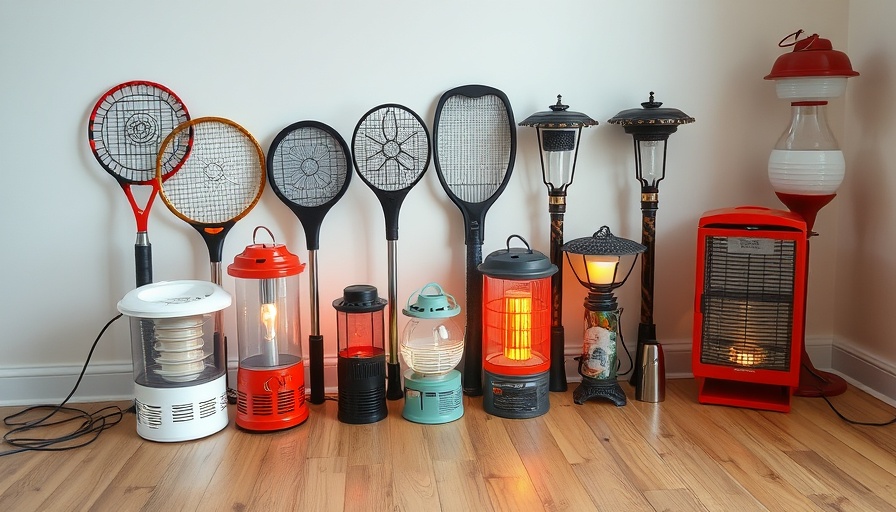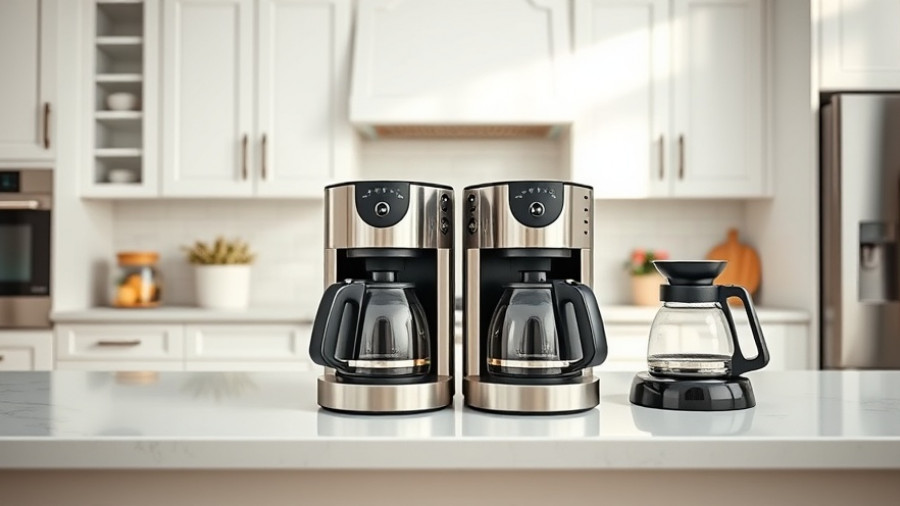
Understanding Indoor Bug Zappers: A Modern Solution to Old Problems
In the ongoing battle against pesky insects, indoor bug zappers have proven to be an efficient tool for homeowners and renters alike. These devices, designed to attract and eliminate flying nuisances such as mosquitoes, gnats, and flies, have become increasingly popular in recent years. With advancements in technology and design, the newest models offer enhanced effectiveness while being more user-friendly and eco-conscious. This article will delve into the functionality, benefits, and considerations of utilizing indoor bug zappers in your home.
How Indoor Bug Zappers Work
Indoor bug zappers operate primarily on the principle of drawing in insects with light. Most models utilize ultraviolet (UV) light, which is highly attractive to insects, coupled with an electric grid that delivers a lethal shock upon contact. Some advanced units feature additional attractants or dual functionality, such as trapping insects on sticky surfaces or employing fans to enhance airflow. Understanding how these devices work can help homeowners choose the right model for their needs.
Comparative Insights: Choosing the Right Bug Zapper
When selecting an indoor bug zapper, it is essential to consider several factors that influence performance and usability. Look for features such as:
- Coverage Area: Determine how large of a space the model can effectively manage. Some units are designed for small rooms, while others can accommodate larger areas.
- Maintenance: Opt for zappers that are easy to clean, particularly those with removable trays or accessible bulbs.
- Noise Levels: Consider how much noise the zapper produces, as some models can be intrusive in quiet home environments.
Safety Considerations for Homes with Pets and Children
For families with pets or young children, safety is a prime concern. Most modern bug zappers are designed with safety features such as enclosed grids or protective casings that prevent accidental contact. However, it’s always advisable to ensure that the zapper is placed out of reach and in areas where children or pets do not have easy access.
Eco-Friendly Alternatives to Traditional Bug Zappers
As homeowners increasingly seek eco-friendly options, many manufacturers are introducing zappers that utilize non-toxic attractants or biodegradable components. These alternatives not only minimize environmental impact but can also align with the growing desire for greener living spaces. This progression encourages a balance between pest control and responsibility towards the environment.
Technological Trends in Indoor Bug Zappers
The evolution of indoor bug zappers is indicative of broader technological trends in home automation and pest control solutions. Some of the latest innovations include:
- Smart Technology: Several bug zappers now integrate with home automation systems, allowing users to monitor and control the devices remotely.
- AI-Driven Features: Sophisticated zappers equipped with AI can distinguish between harmful pests and beneficial insects, providing customized pest elimination strategies.
This convergence of technology suggests that the future of pest control in residential spaces will become more personalized and efficient.
Real-World Effectiveness: User Experiences
User testimonials and experience reports can shed light on the real-world effectiveness of various bug zapper models. Many consumers have found significant reductions in pest populations simply by implementing these devices in their homes. However, some users note that while zappers can significantly lower the presence of flying insects, complementary strategies such as eliminating standing water and seal cracks in premises are necessary to achieve comprehensive pest management.
Final Thoughts: Make Informed Choices for Your Home
Choosing the right indoor bug zapper can enhance the comfort of your living space while making pest management simpler. By considering factors such as coverage area, noise levels, and ecological impact, homeowners can select zappers that meet their unique needs. With the continuous advancements in technology, the options available will only improve, making indoor bug zappers a viable solution for today’s pest control challenges.
Additionally, when purchasing an indoor bug zapper, consider reading reviews and gathering insights from trusted sources, ensuring that your investment leads to a pest-free environment.
 Add Row
Add Row  Add
Add 




Write A Comment